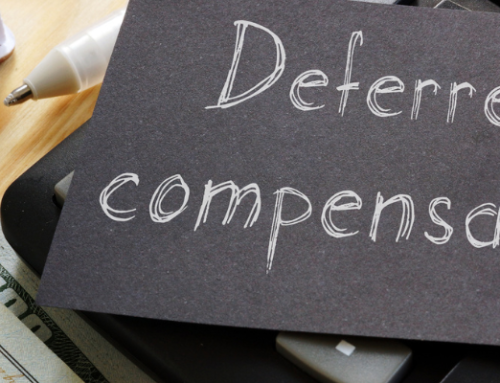In reading the news, headlines abound regarding states and local municipalities distributing funding to assist with COVID-19 relief. However, where is this money coming from? Accepting money, even if from a state or local source, may actually mean the organization has accepted federal funding as it could originate with the federal government. This would put the organization at risk for needing a single audit or a compliance audit – which is in addition to financial statement audits – and perhaps for the first time.
Understanding the Source of COVID-19 Relief Money
Do these example headlines look familiar?
“Virginia allocates XXX of federal funds or CARES Act funding for ABC purpose or program.”
“North Carolina administers relief for ABC program or aid in the state’s ABC crisis.”
“Maryland distributes XXX in COVID, CARES Act, or ARPA funding.”
Virginia received $4.3 billion from the federal government to distribute out to municipalities, state agencies, and entities to assist in COVID-19 relief. If an entity, which is usually a nonprofit, government agency, or school receives more than $750,000 in federal funds, it may be subject to a single audit. However, the entity can be a for-profit organization as well. The problem is, when organizations accept money from state or local sources, they may incorrectly assume that the funds originated locally. This is not always accurate and can easily result in an unwelcome surprise when a single audit is required.
To complicate matters, many programs will have both a state component of funding and a federal component of funding, not to mention local municipalities may be matching some of those dollars as well. As a result, it can get quite complicated in determining the origin of funding and whether it is federal, state, or local funding.
Often, the money comes from the federal government, flows to the state via a large pot of CARES Act money, and then the state disperses it to various localities. Sometimes the money goes directly from the ending entity for various programs.
Single Audit Requirements in Practice
Let’s look at various scenarios.
Scenario 1
An entity receives $1 million from a local, larger nonprofit. The larger nonprofit received it from contributions from three local municipalities. These municipalities received it from the state housing agency, which received the money from the Commonwealth of Virginia as part of their $4.3 billion CARES Act allotment.
What that means is the entity that eventually receives $1 million is probably subject to single audit requirements. This is because the dollars originated from the federal government, passed through the state, the state agency, the municipalities and the larger nonprofit to the ending smaller nonprofit.
Scenario 2
Alternatively, let’s say an entity receives $1 million from a local, larger nonprofit. The local, larger nonprofit received the money from contributions from three local municipalities. These municipalities received it from the state housing agency, which received it from the Commonwealth of Virginia as part of the annual state budget. This is not subject to single audit requirements because this is not federal money. It is generated by state revenues.
Scenario 3
In a third scenario, an entity receives $1 million from a local municipality to provide housing and is given a very specific scope of work in a contract. Details of exactly the type of housing to be provided are included in the scope of work. A municipality employee is hired to inspect the housing on a regular basis and ensure the entity is meeting the various performance metrics. Further, housing provided is to be approved by the municipality employee before it can be used by the entity to provide housing.
Further, clients must meet the municipality’s criteria to receive services. This municipality received it from the state housing agency. The state housing agency received it from the Commonwealth of Virginia as part of their $4.3 billion in CARES Act money. The receiving entity is serving in a contractor capacity rather than a sub-recipient capacity, and the contractor is not responsible for compliance, i.e. not subject to a single audit.
To complicate matters, not every federal COVID dollar is the same. For example, Paycheck Protection Program dollars and the Employee Retention Tax Credit are not subject to Uniform Guidance – which would indicate single audit compliance requirements. They are specifically excluded from Uniform Guidance rules by the federal government. However, the Economic Injury Disaster Loan is subject to Uniform Guidance.
Recommendations When Accepting Relief Money
Especially in an environment where billions of dollars are flowing from one agency or entity to another, every time a new dollar comes in the door, ask these questions.
- Who gave this money to us?
- Who gave this money to the entity that gave it to them?
- Continue this process until you reach the originator of the funding.
- Are we serving as a vendor or contractor or are we directly responsible for compliance?
- Make sure to have this process in writing prior to accepting the award if possible. You do not want to try getting these answers during an audit.
If your organization is unsure and total federal funds potentially reach or exceed $750,000, reach out to your PBMares representative or the Not-for-Profit Team and we can provide further tools to assist.





